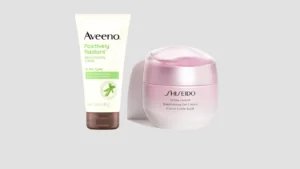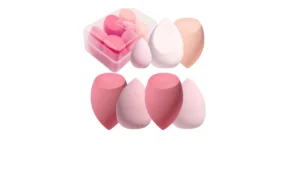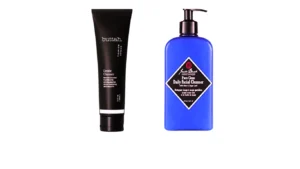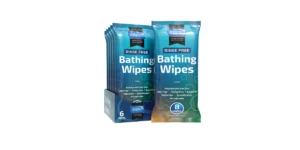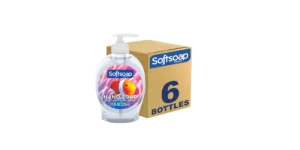Both foundation brushes and sponges have their advantages, but for mature skin, a foundation brush is generally the better option. Brushes provide better coverage with less product and blend foundation smoothly without excessive tugging on the skin.
- Brush Advantages:
- Provides a flawless, even finish.
- Uses less product, making foundation last longer.
- Works well for liquid, cream, and powder foundations.
- Sponge Advantages:
- Gives a natural, dewy finish.
- Best for sheer coverage and blending.
- Great for applying concealer in delicate areas.
For mature skin, where fine lines and wrinkles are a concern, a high-quality dense, soft foundation brush is ideal because it blends without absorbing too much product or emphasizing texture.
What Shape Brush is Best for Foundation?
The best brush shape depends on the type of coverage and finish you prefer. For mature skin, the ideal choices include:
- Flat-top Kabuki Brush: Perfect for buffing liquid foundation into the skin for a flawless finish.
- Angled Brush: Great for reaching contours of the face, such as around the nose and jawline.
- Dome-shaped Brush: Helps blend foundation seamlessly without streaks.
- Duo-Fiber Stippling Brush: Works well for a light, airbrushed look, avoiding heavy buildup.
For mature skin, a soft, dense kabuki brush or angled foundation brush works best as it blends foundation smoothly without settling into fine lines.
Is it Better to Apply Foundation with a Brush or Finger?
Using a brush is better for mature skin because it ensures even coverage and prevents excessive product buildup in fine lines.
- Brush Application:
✅ Even, streak-free finish.
✅ Uses less product, making makeup look natural.
✅ Ideal for medium to full coverage. - Finger Application:
❌ Can leave uneven patches.
❌ Risk of transferring bacteria from hands to the face.
❌ May emphasize pores and fine lines.
For best results, use a brush for application and lightly blend with a damp sponge for a seamless finish.
Is a Flat or Round Foundation Brush Better?
- Flat Brush:
- Best for full coverage.
- Ideal for applying liquid foundation in smooth strokes.
- May leave streaks if not blended well.
- Round/Dense Buffing Brush (like a kabuki brush):
- Best for blending and buffing foundation seamlessly.
- Provides a natural, airbrushed look.
- Works well for liquid, cream, and powder foundations.
For mature skin, a round, dense buffing brush is preferable because it blends foundation smoothly without settling into wrinkles.
What is the Best Method of Applying Foundation?
For a flawless, natural finish on mature skin, follow these steps:
- Start with Hydration: Apply a hydrating primer or moisturizer to smooth the skin.
- Choose the Right Foundation: Use a lightweight, hydrating foundation to avoid cakiness.
- Use a Dense Buffing Brush: Apply foundation in small amounts and blend using circular motions.
- Set Lightly: Use a light, translucent powder only where needed to prevent settling into fine lines.
What is the Correct Way to Use a Foundation Brush?
- Apply a Small Amount of Foundation: Dot foundation on key areas (forehead, cheeks, chin, and nose).
- Blend Using Gentle Strokes: Use circular or tapping motions with a dense brush to blend seamlessly.
- Buff Lightly: Avoid pressing too hard to prevent streaks.
- Blend Down the Neck: Ensure there’s no harsh line between the face and neck.
What Type of Foundation is Best for Mature Skin?
For mature skin, choose a hydrating, lightweight foundation with a satin or dewy finish. Avoid matte foundations as they can make the skin look dry and emphasize fine lines.
How Do You Prevent Foundation from Settling into Wrinkles?
- Apply a hydrating primer first.
- Use a lightweight foundation and avoid heavy layers.
- Blend well with a dense foundation brush.
- Set lightly with a translucent setting powder (only on oily areas).
How Often Should You Clean Your Foundation Brush?
Clean your foundation brush at least once weekly using a gentle cleanser or mild soap to prevent bacteria buildup.
Should You Use a Different Brush for Liquid and Powder Foundation?
Yes! Use a dense, synthetic brush for liquid foundations and a fluffy, natural-fiber brush for powders.
Can You Use a Foundation Brush for Concealer?
Yes, but a smaller brush is better for precise concealer application under the eyes or on blemishes.

